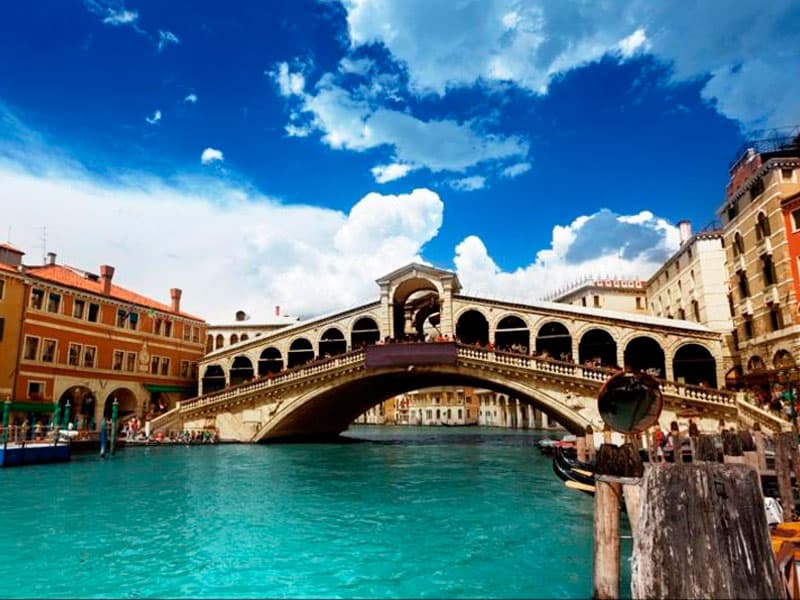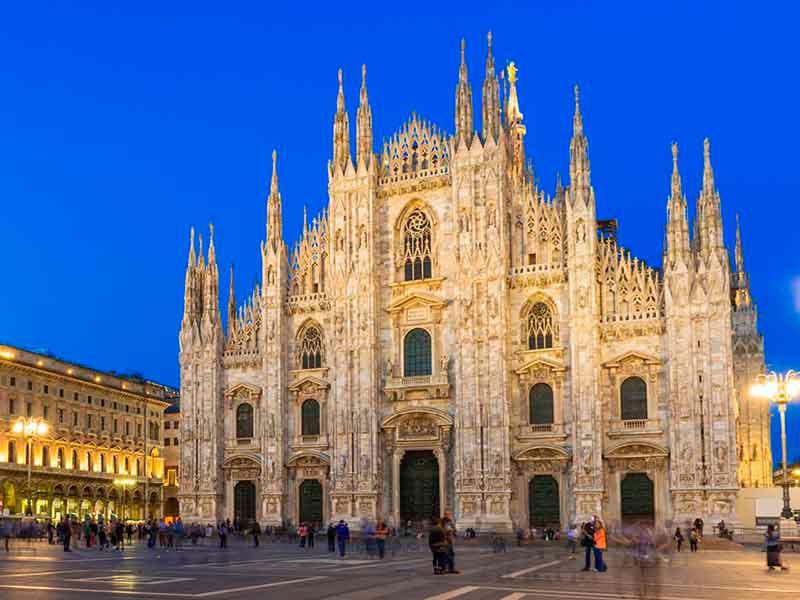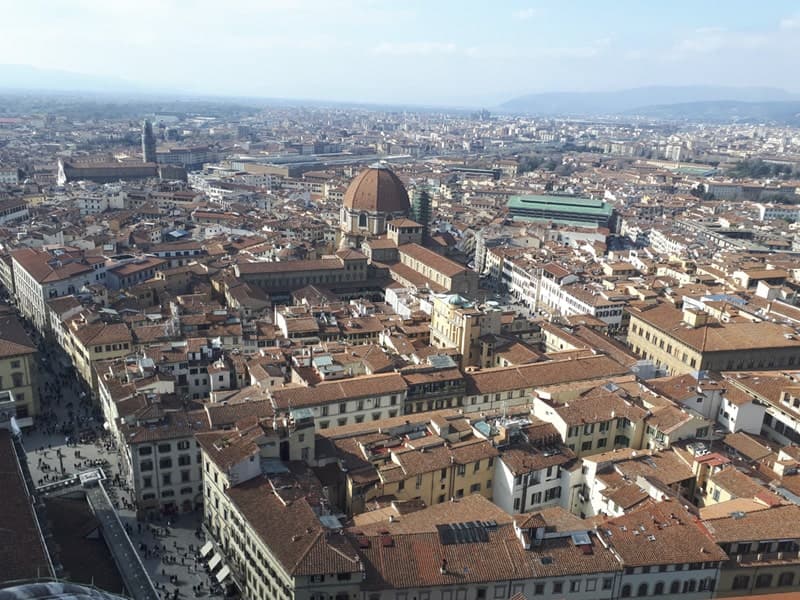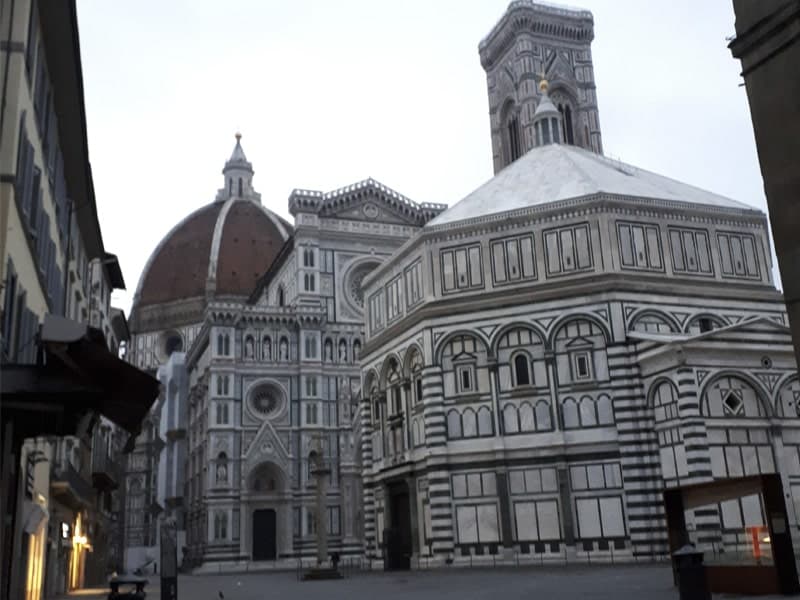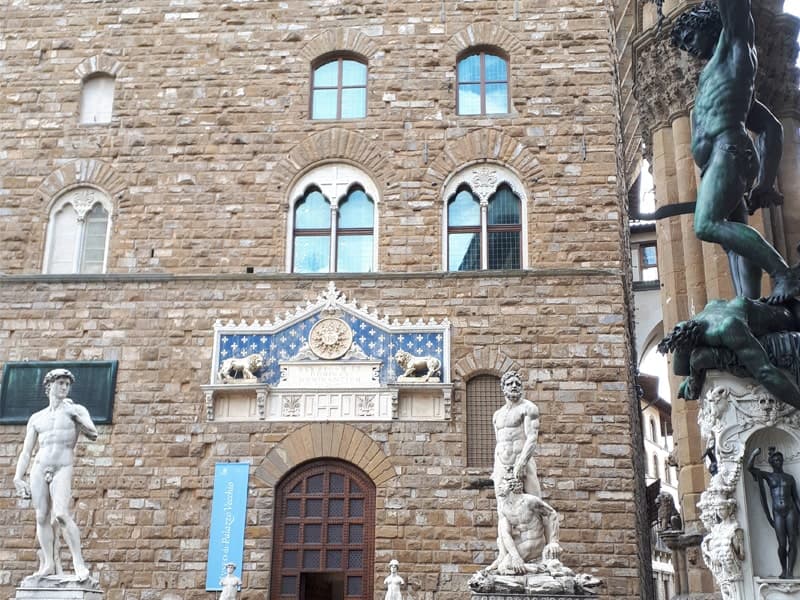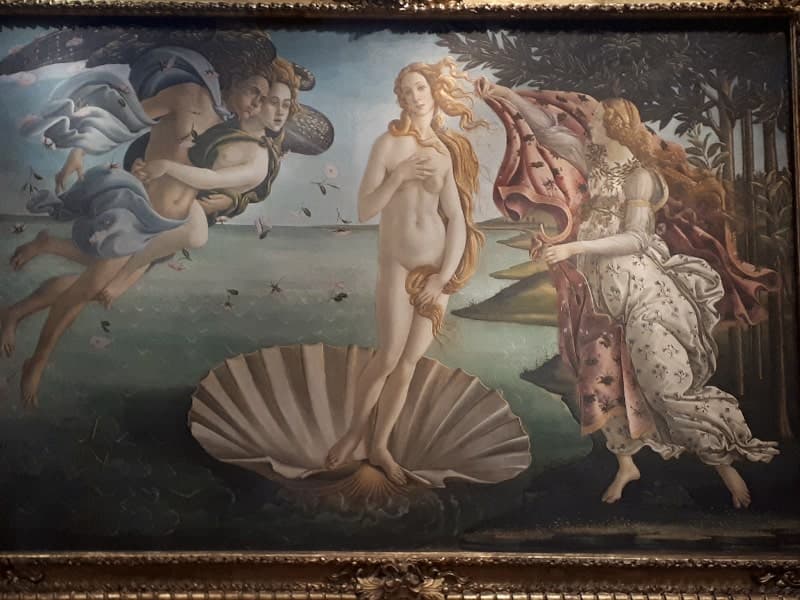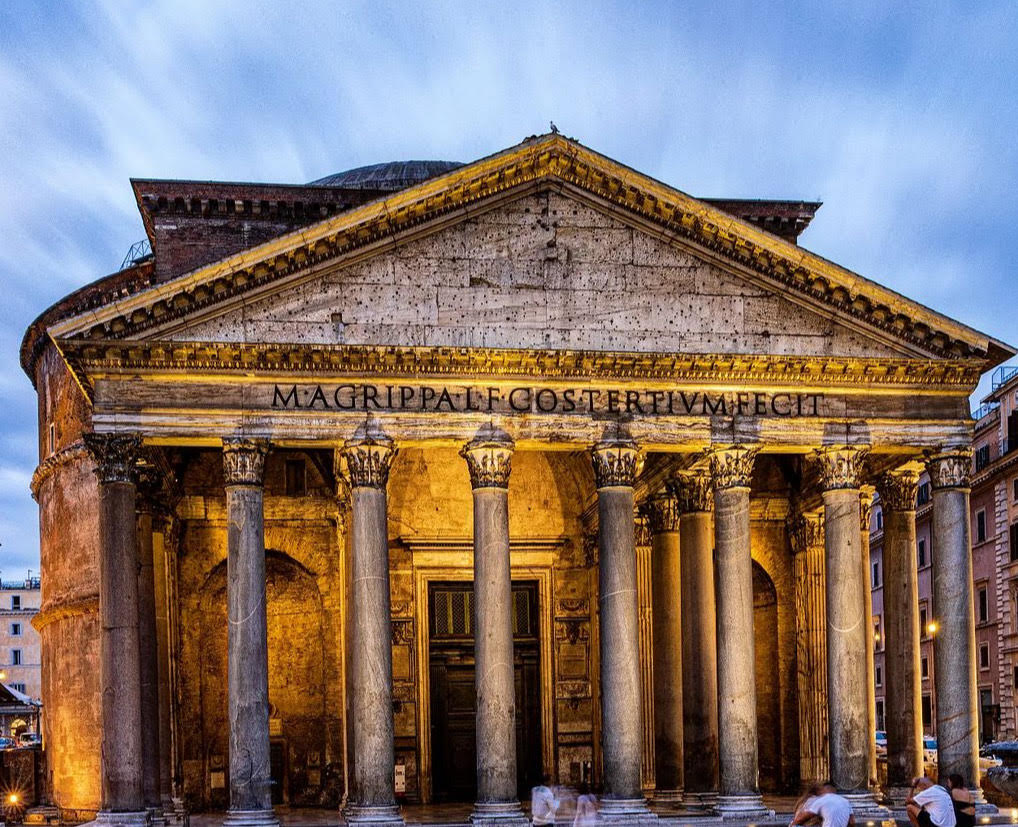Italy's official name is the Italian Republic. It is a country in Southern Europe, located in the centre of the Mediterranean. Italy has been a member of the European Union and NATO since their creation and is the third-largest economy in the Eurozone. It borders France to the northwest, Switzerland and Austria to the north, and Slovenia to the northeast. It also has internal borders with Vatican City and San Marino. Italy occupies the Apennine Peninsula, the extreme northwest of the Balkan Peninsula, the Po Valley, the southern slopes of the Alps, as well as the islands of Sicily, Sardinia, and several smaller islands.
Italy is situated in a subtropical Mediterranean climate zone, with the sea’s influence being intensified by the Alps, which act as a barrier to northern and western winds. By the end of 2008, Italy’s population exceeded 60 million. Currently, the country ranks fourth in population among European Union countries and 23rd worldwide. The population density is 199.2 people per square kilometre, making it fifth in the EU. The highest density is in Northern Italy, where nearly half of the country's population resides. The most densely populated regions are the plains of Campania, Lombardy, and Liguria, where there are more than 300 inhabitants per square kilometre.
Italy is part of the Schengen Agreement. Foreign nationals obtain a Schengen visa at the consulate of the country that is their main destination. A tourist visa allows a stay in the Schengen area for up to 90 days in any 180 days.
The official language is Italian, which belongs to the Romance group of the Indo-European family. Various dialects of Italian also exist in Italy, generally divided into Northern, Central, and Southern dialects. Modern Italian could be considered a "successful" dialect, as it is widely used in public and political life. German is officially recognized as equal to Italian in Bolzano and South Tyrol, Slovene has regional status in Gorizia and Trieste, and French is recognized in the Aosta Valley.
As of March 31, 2003, the number of Roman Catholic Church adherents in Italy ranged from 55,752,000 to 57,610,000 people (about 96.77% of Italy's population), with 33% to 38% being active participants; 10% of Catholics are involved in various church services. Among other Christian denominations, the largest are Jehovah's Witnesses, Assemblies of God in Italy, Orthodoxy, and the Federation of Evangelical Churches in Italy.
Italy is a major international tourist destination. The country has 155 UNESCO World Heritage Sites, more than any other country in the world. Tourism in Italy is one of the leading sectors of the economy, accounting for 12% of GDP. Italy holds 5.6% of the global tourism market, ranking third in the EU after France and Spain.
In 2015, Italy was visited by 40 million foreign tourists, making it the fourth most-visited country in the world. The highest number of tourists comes from China, with around 3 million visiting annually. Due to the significant tourist flow from China and the large Chinese community living in Italy, in the spring of 2016, the Italian authorities took an unprecedented step: they enlisted Chinese police officers, trained by Italian experts in Beijing, to patrol the streets of Rome and Milan. These patrols, in Chinese uniforms and consisting of fellow countrymen, are easily recognizable and help Chinese visitors in Italy feel safe, while Italian law enforcement benefits from receiving additional operational information.
In 2023, with 60 million tourists, Italy was the fourth most visited country in international tourism arrivals. According to 2018 estimates by the Bank of Italy, the tourism sector directly generates more than five per cent of the national GDP and represents over six per cent of the employed.

 Armenian
Armenian German
German Spanish
Spanish


